how to transport big japanese maples
Pro320
9 years ago
Featured Answer
Comments (15)
jbraun_gw
9 years agomikebotann
9 years agoRelated Professionals
Quincy Landscape Architects & Landscape Designers · Sahuarita Landscape Architects & Landscape Designers · Mount Wilson Landscape Architects & Landscape Designers · Arlington Landscape Contractors · Berkeley Heights Landscape Contractors · Kettering Landscape Contractors · Rancho Santa Margarita Landscape Contractors · Yukon Landscape Contractors · Independence Siding & Exteriors · Brookfield Siding & Exteriors · Lowell Siding & Exteriors · Grafton Decks, Patios & Outdoor Enclosures · Layton Decks, Patios & Outdoor Enclosures · Medford Decks, Patios & Outdoor Enclosures · West Chicago Decks, Patios & Outdoor Enclosuresakamainegrower
9 years agosam_md
9 years agoken_adrian Adrian MI cold Z5
9 years agosam_md
9 years agoToronado3800 Zone 6 St Louis
9 years agoPro320
9 years agomikebotann
9 years agoPro320
9 years agomikebotann
9 years agoakamainegrower
9 years agoToronado3800 Zone 6 St Louis
9 years agoakamainegrower
9 years ago
Related Stories

TREES11 Japanese Maples for Breathtaking Color and Form
With such a wide range to choose from, there’s a beautiful Japanese maple to suit almost any setting
Full Story
TREESGreat Design Plant: Coral Bark Japanese Maple, a Winter Standout
Go for garden gusto during the chilly season with the fiery red stems of this unusual Japanese maple
Full Story
GARDENING GUIDES13 Japanese Maples for Shade
A surprising variety of these understory trees is waiting to make a statement in your shade garden
Full Story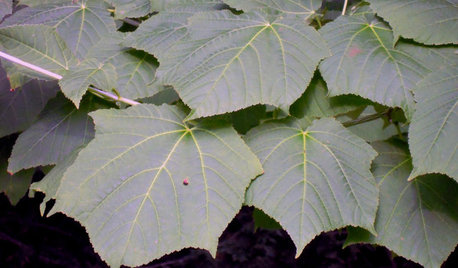
GARDENING GUIDES5 Amazing Small Maple Trees
There's more to maples than syrup. Expand your maple milieu with any of these 5 small and unusual trees
Full Story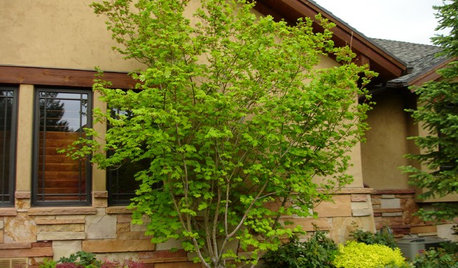
LANDSCAPE DESIGNGreat Design Plant: Vine Maple
Exciting year-round color and adaptability make this highly ornamental native small tree a top choice for home gardens
Full Story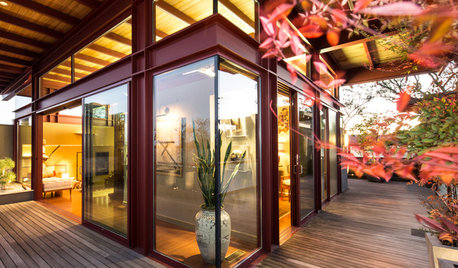
APARTMENTSHouzz Tour: Modern Japanese Penthouse Atop a Designer’s Office
Vintage obis, petrified wood, Samurai armbands and antique fans are just a few of the materials that warm this California apartment
Full Story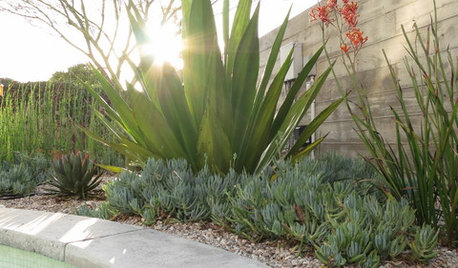
PLANTING IDEASBig Foliage for Small Spaces
Use bold, large-leaved plants to create intriguing contrast in a garden where they’re least expected
Full Story
EVENTSTile Goes High Tech at Italy's Big Expo
Cutting-edge methods are creating tile looks from handmade to avant-garde, as seen as CERSAIE 2013
Full Story
DECORATING GUIDESSo Your Style Is: Coastal
Bright and breezy, coastal style transports you straight to the beach no matter where you call home
Full Story
GARDENING GUIDES5 Best-Behaved Trees to Grace a Patio
Big enough for shade but small enough for easy care, these amiable trees mind their manners in a modest outdoor space
Full StoryMore Discussions






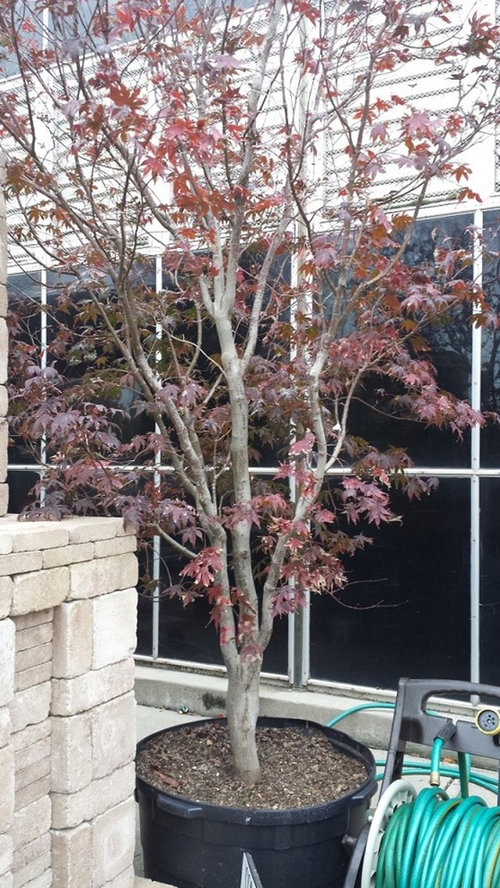
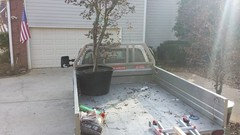



Pro320Original Author